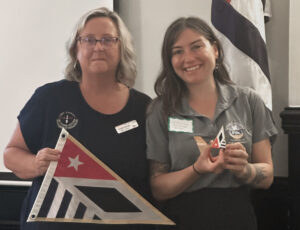News
Swim Guide: By the Numbers
Starting Memorial Day Weekend, Sound Rivers sampled popular recreation sites each week to bring recreational water quality recommendations to the public based on fecal bacteria indicators. Our network of volunteers coordinated by our two interns, Katie McQuillan on the Lower Neuse River and Duncan Anderson on Tar-Pamlico River, collected enough data to make some assessments on basin health. On the Tar-Pamlico, we found that, on average, sites pass the EPA bacterial standard 74% of the time, with most of the regular failures occurring at Bath Creek, Broad Creek, and the Pungo River near Woodstock Point.
Overall the level of bacteria in the Lower Neuse has been slightly better than the Tar-Pamlico, with samples coming back healthy 89% of the time. Seven sampling sites were healthy 100% of the time. Of the sampling sites with routinely high levels of bacteria, all were located on the Trent River and the majority occurred at River Bend, but Brices Creek, Lawson Creek Park, and Pollocksville also revealed high levels of bacteria during the 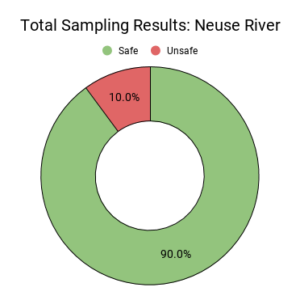
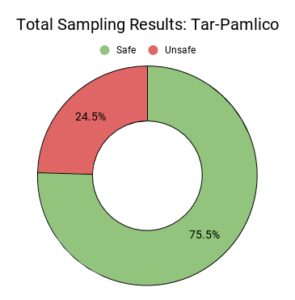 summer.
summer.
For both basins, we have compared our bacterial numbers to precipitation, evaluating to see if heavy rainfall prior to sampling (that could lead to polluted runoff into streams and rivers) is an effective indicator that a site sample will come back with high levels of bacteria. At the Tar-Pamlico problematic sites, and the Trent River at River Bend, there was a weak relationship between these metrics, meaning there were many days where high bacterial levels appeared without large amounts of rain leading up to sampling. This suggests that the elevated levels of bacteria may be from localized wildlife and/or improper boat fecal disposal.
Brices Creek, Lawson Creek Park, and Pollocksville sites displayed a strong relationship between rain prior to sampling and fecal bacteria levels, indicating stormwater runoff from the surrounding area is a contributor to fecal bacteria pollution. Based on these results, we can determine that while rain before sampling was sometimes a good indicator of fecal bacteria levels, other more localized sources also played an important role.
This summer, we’ve been able to engage with thousands of members of the public each week with our results and through our volunteers. We’re currently working on securing funding to make this a recurring program each summer and to expand it to the Raleigh area. We hope the community will look for Swim Guide next summer!
Related News
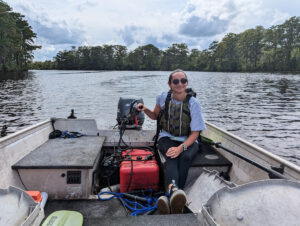
Riverkeeper monitoring Tar-Pamlico Water Trail
July 25th 2024

Rain ramps up trash-trap cleanouts
July 25th 2024

Riverkeeper, intern take on emergency trash trap cleanout
July 25th 2024

Tar-Pam Riverkeeper investigates Cub Creek turbidity
July 25th 2024
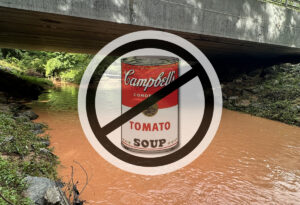
Heavy rains lead to sky-high turbidity on Lick Creek
July 25th 2024
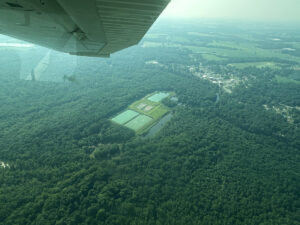
Riverkeeper: What goes up, must come down
July 18th 2024
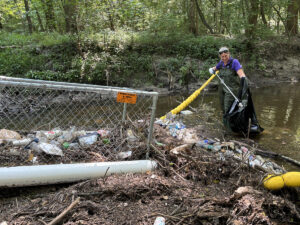
Greenville’s trash trap gets emergency cleanout
July 18th 2024

Sound Rivers gets close up of cyanobacteria
July 18th 2024
